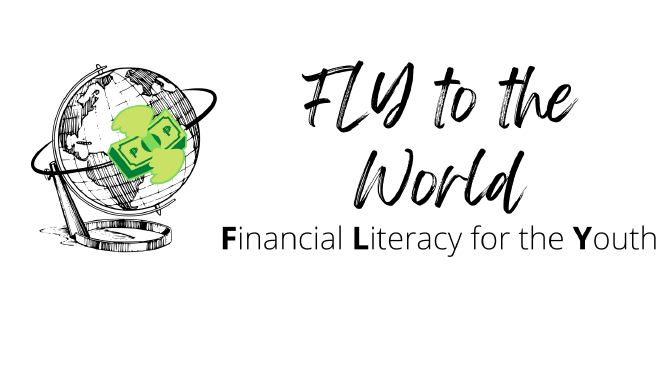The Economics behind Large Theme Parks
By Samarth Singh
Most mega theme parks cost between $2-4 billion (B) to build. On average, $1.2B is spent per year on maintenance. On the other hand, an average consumer spends around $90 for a Disney or Universal Studios ticket. At this rate, it would take 13.3 million (M) visitors just to cover the theme park's operational expenses. In this situation, it isn’t surprising that 92% of theme parks shut down within a decade of opening.
And even if they do survive, their return on investment remains very little. Disney or Universal Studios spend large amounts of money perfecting their rides and experiences. For example, Disney spent $1B just developing Galaxy’s Edge in Florida. The cost of constructing Hong Kong Disneyland is 12 times its annual revenue. The average revenue generated per visitor in Universal Studios Japan is $82 while the cost of developing the site per visitor on an annual basis is $244. This means that just breaking even with operational expenses isn’t enough. Actual returns come much, much later.
It is important to understand that not every theme park costs the same, nor do they all generate the same revenue. Disney and Universal Studios work almost exclusively in the $1B revenue segment. These top 4% of theme parks generate 60% of global revenue. However, there’s a category of major regional theme parks and indoor theme parks below them. These parks make less money, but they also cost less. This is why not many companies try to compete in the mega theme park category but just operate in a different one.
Smaller parks, like Merlin Entertainment parks or Kidzania, can be much more profitable. This is because they see immediate returns. Their ticket prices are relatively cheaper, so more consumers visit such parks. For comparison, while a major regional park has to generate $350M to be profitable, an indoor theme park needs to make only $15M. Yes, in terms of absolute numbers, one is obviously less than the other. However, for an investor, smaller parks are likely to generate returns.
And it’s not that major theme park developers do not notice the skewed return on investment ratio. Disney’s Experiences division generates 48% of its revenue but costs 72% of its operating income. This means that per dollar spent on Disney Experiences generates lesser returns than per dollar spent on Disney Entertainment. For Comcast Corporation, the EBITDA (Earnings before Interest, Taxes, Depreciation, Amortisation), that is earnings before taxes and other such deductions, for its Connectivity and Platforms Division is 40.6% while being only 18.6% for its Content and Experiences division.
What explains this spending?
One reason franchises would like to create theme parks is to create an emotional appeal. The Lego Group sells toys. However, creating Legoland helps it market its products better. Whenever one visits such a theme park, he or she is reminded of the company’s core product, and indirectly, this helps in marketing. While that still doesn’t explain the eye-watering sums of money spent, it creates a story, both in and out of the world created by major brands.
Second, large companies invest and earn returns over a long period. The combined revenue generated by ticket sales and other such income sums up. Since these companies are in a position to invest such amounts of money (with the help of investors, of course), they take up long-term commitments.
So how do a few theme parks make profits, and what sets them apart?
Disneyland and Universal Studios have been in the industry for a long time. The first Disneyland park was made in 1955 while Universal made one in 1964. Costs for development, majorly land acquisition costs, were much lower back then. Moreover, the technology involved in those parks was not as fancy as it is today. When adjusted for inflation, the first Disneyland park cost only $200M. This allowed these players to make a name for themselves when it was relatively easier. Any new competitor now would have to spend vast sums of money while also not generating enough profits.
Disneyland hasn’t just survived in the industry – it has thrived there. As of 2023, Disney Experiences was the largest operator of theme parks, with 142M visitors each year. Compared to that, its next competitor only has 85M visitors. Of the top 10 most popular theme parks in the world, 7 are from Disney. It generated a profit of $4B in 2024.
That brings us to another major factor. Disney isn’t just a theme park brand. It has produced some of the most iconic and famous movies for generations. When they team characters and franchises with their rides, suddenly, it’s not just about a ride or an experience. People relate to their favourite movies or cartoon characters. This adds an emotional aspect to the experience. They don’t sell tickets, but rather stories. Many individuals aspire to go to such parks, treating it as a once-in-a-lifetime experience.
And all those years ago, Walt Disney didn’t want to create a movie or a cartoon company. He wanted to create stories and experiences that last a lifetime. Like Buzz Lightyear famously says, he really did want to go to infinity and beyond.
Sources:
https://www.forbes.com/sites/csylt/2020/05/02/the-financial-formula-for-reopening-theme-parks/
https://www.theparkdb.com/blog/the-business-of-theme-parks-part-i-how-much-money-do-they-make/
https://medium.com/@1kg/theme-parks-economics-how-much-money-do-they-make-f3abf7a471ae
https://www.cmcsa.com/static-files/3fac14b3-42f9-44ac-ac77-d9b5fdada211
https://www.cnbc.com/2024/11/15/disney-parks-profit-expansions.html
https://www.investopedia.com/how-disney-makes-money-4799164#toc-disneys-financials
https://www.shutterfly.com/ideas/the-ultimate-collection-of-disney-quotes/
